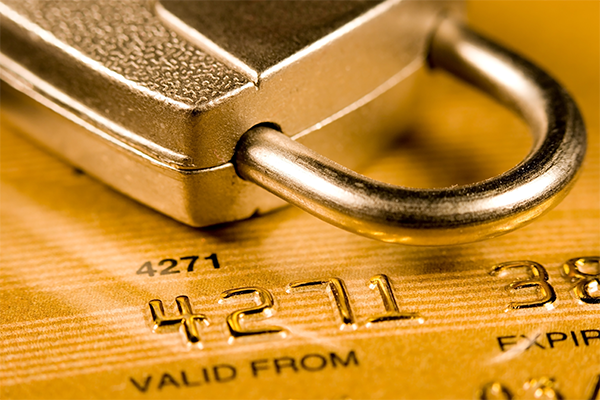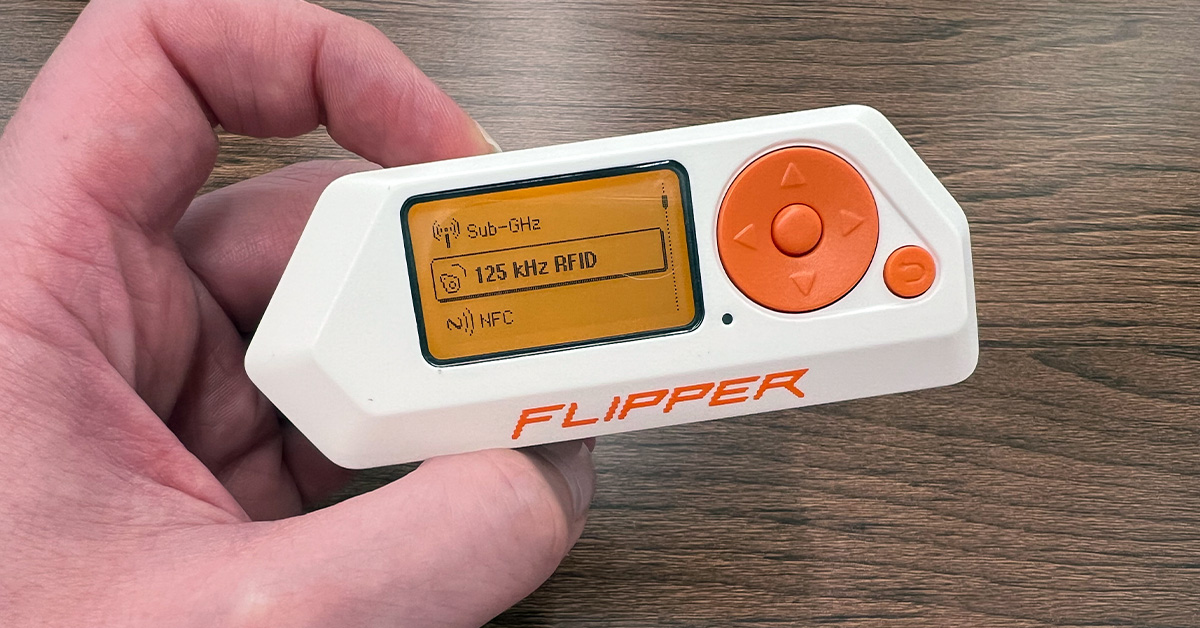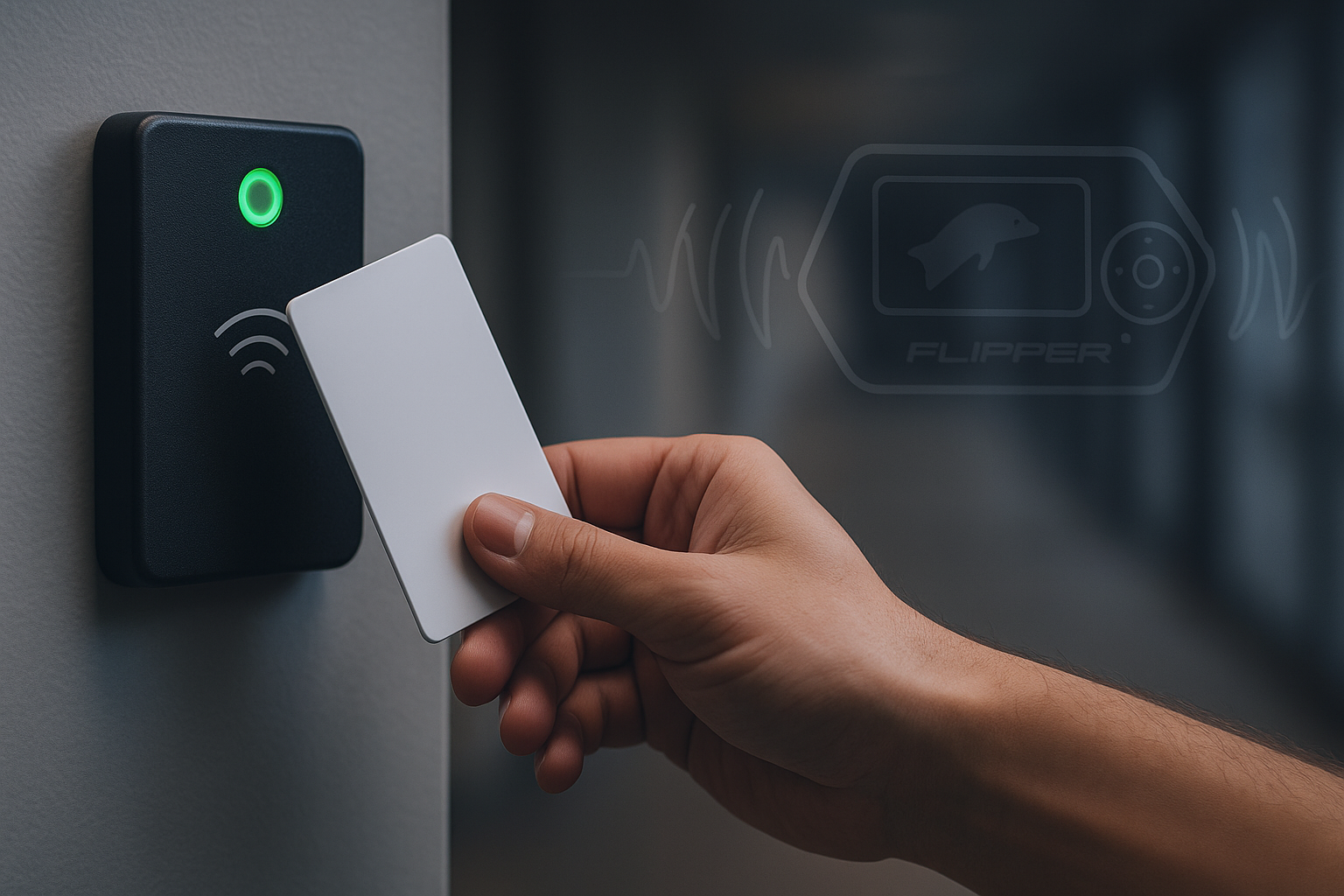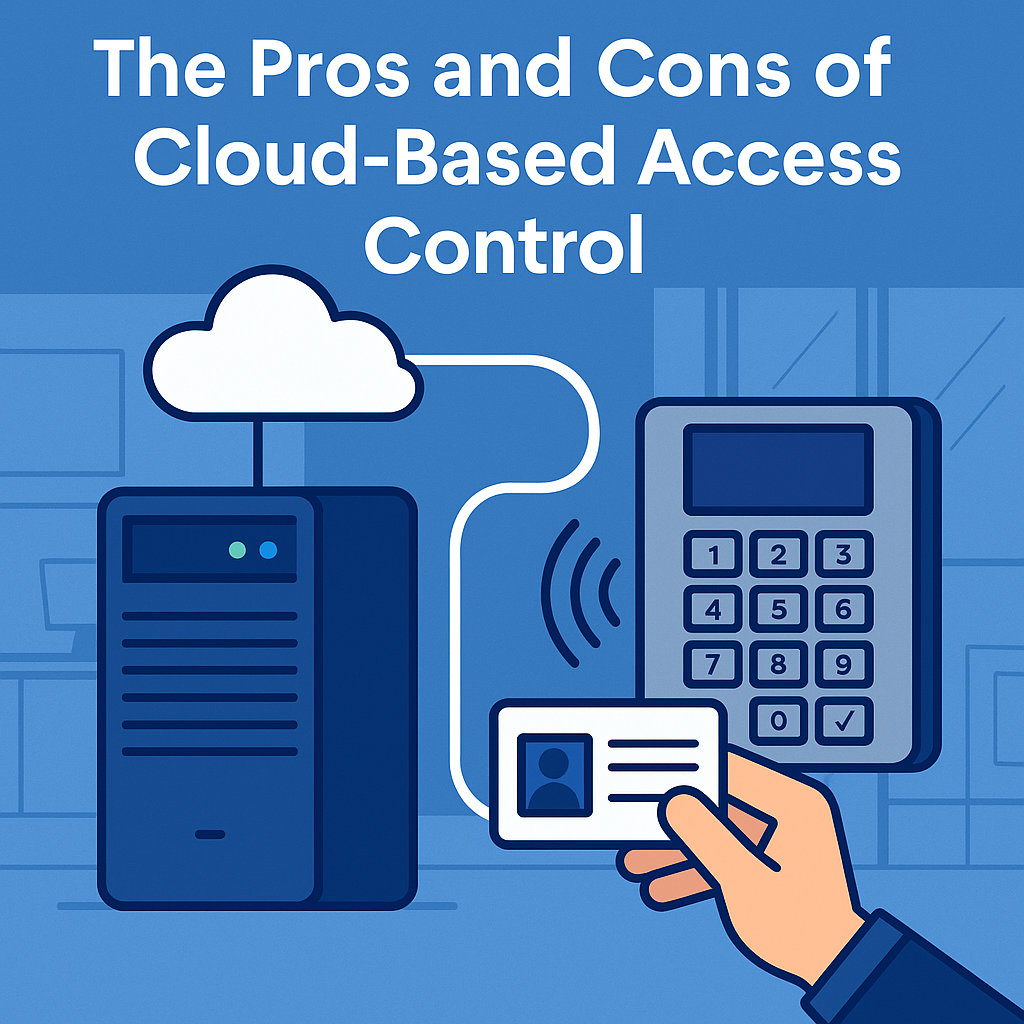Proximity cards and smart cards offer distinctive benefits, but they aren’t interchangeable. To make sure you choose the right cards for your ID card printing, you need to know what’s the difference between proximity cards and smart cards.
A proximity card (also known as “contactless”) features an embedded RFID microchip that is encoded with information—like the cardholder’s identity or an access code—and an antenna that transmits the information. When the card is in close enough proximity to an RF antenna—from a few inches to almost two feet—the signal is sent from the card to the controller, which allows or denies access.
The controller for a proximity card can be programmed to provide more security. In addition to the building’s access code and the user’s identification, the controller’s programming can limit access to only specific bit formats, which adds a third layer of authentication to the access control system.
A smart card also includes a microchip, but this particular chip can contain much more information than a proximity card’s chip—personal and financial information, for example. A proximity card is used primarily for access, while a smart card provides a higher level of authorization for access. With the banking information stored on the chip, the user can make purchases, in either a contact or contactless manner.
How much security do you need for access control in your facility? Do you want your cards to offer more function than simply getting in and out of an area? Consider the long-term value of your card’s uses.
If you’re currently using a proximity card system for access control, you can migrate to a smart card system. J. O’Brien offers combination cards that can be read by both systems, providing a smoother transition to smart cards. We can also help you determine the access control system that best fits your needs. Contact us to explore your options and make the right choice.






